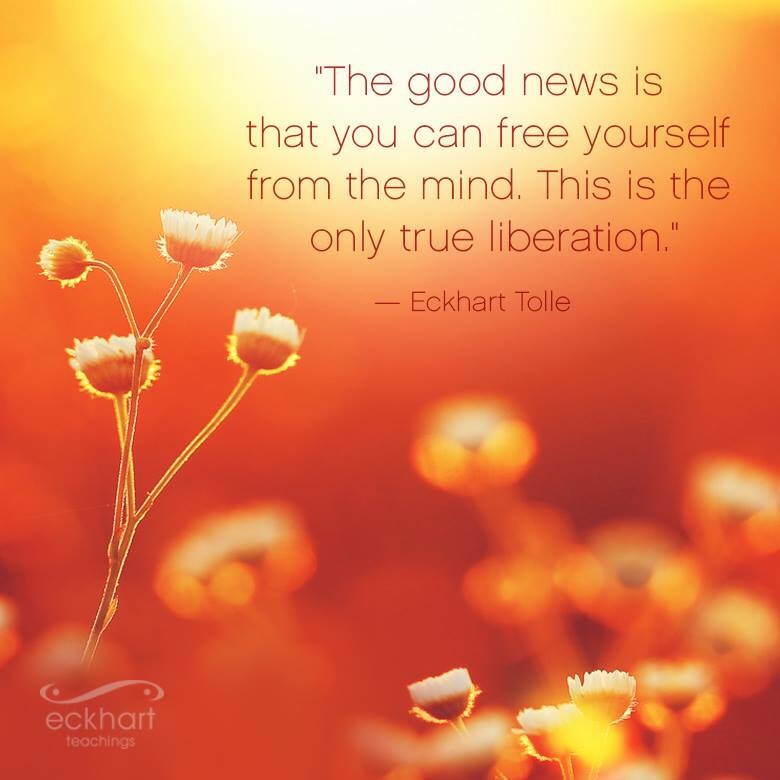So many people get anxious just thinking about change. Every feeling we have and emotion we experience is the result of a thought, a story—of what we have made something mean.
So many of us have made change mean something that feels uncomfortable and is difficult to achieve, and for this reason we tend to feel anxious around it and shy away from it altogether.
I’ve heard it said like this: “I really want to change, but not if it means changing.” Sound familiar? What is your thinking about change—your story around it? What do you make it mean?
I used to make change mean transformation. I told myself that in order to transform into my best self, I would have to think and behave entirely different; I would need to become and live a new and improved version of myself.
And so, my original plan was to embrace all aspects of mind-body wellness research in order to build a large enough toolkit that would allow me to fix all of me—that is every part that I deemed wrong and/or dysfunctional.
If I look at my life today from my original vantage point, then I would have to admit that I have partially failed, as to date, I certainly have not yet fixed ALL of me and stepped fully into my best self. This conclusion, however, does not sit well with me. It leaves me wondering: have I failed myself—or more likely—has my change story failed me?
Of recent I have delved deeper into mindfulness and Buddhism. The greatest lessons that I have learned from their teachings are around change and suffering and, fortunately, I have since developed a greater understanding of the truth.
My new understanding allows me to see change as a kind of liberation—a freeing of self, in whatever capacity. Yes, sometimes it can be more major and transformative, but it can also be minor. A series of subtle changes strung together can effect great change over time. I no longer see my journey as a partial failure—but rather as a never-ending path to self-liberation.
This truth has also allowed me to evolve my relationship with myself. My default setting has shifted from self-sabotage to both self-awareness and self-appreciation, from judgment to curiosity, which has felt most liberating. My mind feels more free, my heart more open, and my energy more ready and willing to flow—no matter what the circumstances of my life.
And so my current plan has shifted from fixing to accepting and embracing what is—from transformation to liberation. I now gracefully acknowledge all parts of me and my wellness journey. My overthinking mind is not gone—nor are all of my stories rewritten, but my awareness around them has shifted entirely. And I am building my emotional muscle daily by prioritizing my new and improved relationship with myself.
I use mindfulness most with my OCD and my chronic pain. (And they are clearly intertwined. The more my pain consumes me—the more hyper vigilant I become) When I find myself getting obsessive or overthinking the pain, instead of judging it and engaging with it, I watch it; I become the conscious observer of where my mind is going. And just by noticing what is arising and disengaging from it, I let it be. I meet it, greet it, give it permission to do what it needs to do, and then be done.
In so doing, I have not deleted the pain or the harsh inner voice of my ego, but I have lowered the volume and altered the intensity of both. I have not completely transformed my mind and body—but I am slowly achieving liberation.
This essential teaching can change your life. One way to practice mindful living daily is to become the conscious observer of your life. The intention is to notice whatever is arising, be it a thought in your mind, an emotion in your heart, or a sensation in your body and to step away from it and create some distance from it.
You can take a seat behind it, or even rise above it by taking a balcony seat in your mind—whatever works so you can free your mind by getting out of your own way!
The next time you find yourself becoming reactive, I challenge you to experiment with this mindful practice. Whatever it is that may be arising, be it anger, sadness, or anxiety, watch the thoughts and feelings—but don’t immerse yourself in them. Be angry, but don’t do anger by yelling or slamming doors. Take a back seat and become your very own conscious observer.
I’ve heard it said that the act of noticing is even more important than what is actually being noticed. This awareness piece could be the key to (healthy) change and therefore to wellness. It allows you to accept rather than deny—to simplify rather than complicate—what you are thinking and feeling.
Just to clarify, changing in this way is not resignation—even though it may not fulfill your ultimate vision of full-out transformation. However, it does help you to achieve liberation—to understand that some of your “stuff” may never fully transform as you would like it to or think it should.
For example, some of us may go through life more anxious than others, with a sympathetic nervous system frequently set on high alert no matter how much we do to try to fix this. The moment you understand that there is nothing to fix—is a moment of liberation. Only then are you able to notice whatever is arising without hating it and/or getting all consumed by it.
My intention in sharing this message with you is to help you change some of your thinking—to help you adapt your story around what you make change mean. The less anxiety you feel around it, the more motivated you will be to change.
So don’t give up on change—just redefine it—from transformation to liberation. I encourage you to prioritize your self-care. Reflect upon what you really want to change and why you want to change it, and let go of the concept of fixing which implies that something is broken.
Making parts of you wrong or bad doesn’t change them. It’s only when you notice those parts and come to redefine your relationship to them that you can find freedom. And it is this freedom that will allow you to make better choices around how you want to make future changes.
A full transformation may be possible down the road, but awareness and appreciation are a much wiser starting point.
Sincerely,
Coach Terri
P.S. – In my workshops, How to Quiet the Overthinking Mind Levels 1 & 2, we move through a 12-week curriculum that delves deeper into similar mindfulness practices and related topics. These workshops are ongoing at The Schwartz Reisman Centre and registration is open.






0 Comments